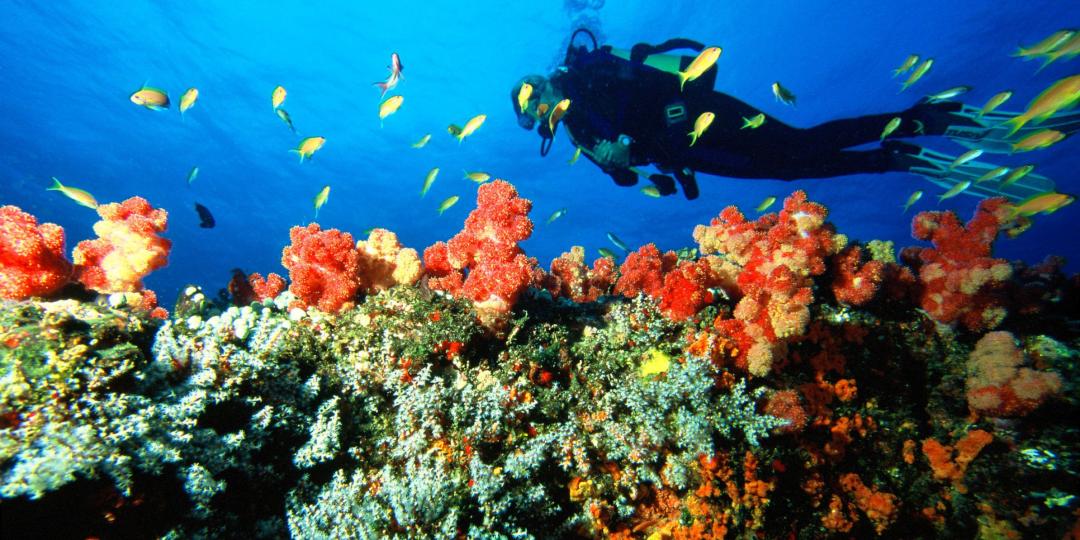Nosy Be, Madagascar and its surrounding islands are must-visit locations for those interested in scuba diving, according to Chris Hoare, Chief Revenue Officer at Airlink.
Nosy Be has a has a 250 nautical mile reef system (463km), which, Hoare says, has the added advantage of keeping the fishing trawlers out of the area, maintaining the pristine fish life and corals. “It’s also on the western side of Madagascar, so is well sheltered from the prevailing north-easterly winds as well as the tropical cyclones that come through the region in late January through to March on the eastern side of Madagascar,” says Hoare.
“When you dive in South Africa, usually you’re dealing with commercial entities that are trying to maximise what they do with their equipment,” says Hoare. “They limit the amount of time you can spend underwater, 50 minutes, 50 bar. But in Nosy Be they don’t pressure you during the dive, so you can really relax and maximise your underwater time.”
Hoare says that given the calm seas and the variety of dive sites, an open-water dive certification will be fine, because the planning of the dive can be geared to the experience level of the diver. “Deeper dives and night dives will require more advanced certification,” Hoare points out. “Generally, for logistical reasons, Nitrox is not that readily available, but the profiles and the planning of the dives is such that you can still do up to three dives a day without compromising safety. Talking of safety, there is a DAN-accredited decompression chamber facility on Nosy Be, which is pretty unique in the context of other dive destinations in our region.”























